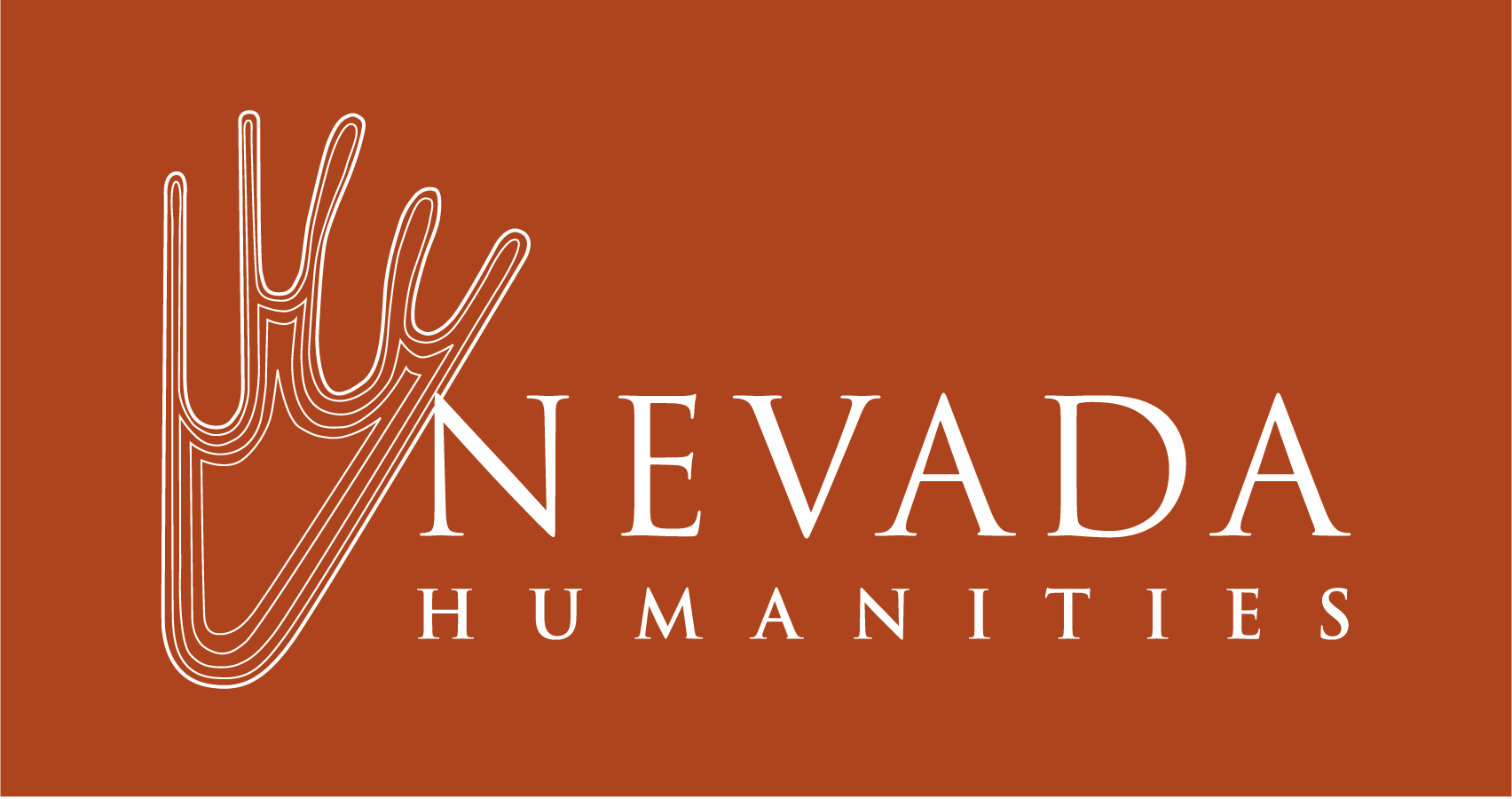Dr. Gregory Haynes
We all have stories about ourselves that we share with our family, our friends, and at times with people we hardly know. In this short book, author and poet Aimee Nezhukumatathil shares some of her own life stories. What is unique about them is that each one is focused on an organism that inhabits creation, like us, and how it has shaped her life in some meaningful way. Through the course of the book, you get to see the author first as a child, then as a teenager, a young adult in college, and then as a spouse and parent.
Each short chapter is titled by an organism’s common name, followed by its scientific Latin name, for instance, Octopus Octopus vulgaris. There is a description of the organism, highlighting some of its unique physical and behavioral characteristics: “Its brain lies just behinds its eyes in what is really the body, not the head—and each time the octopus devours a snack of crab or cockles, the brain can stretch itself if need be to make room for the esophagus.” These descriptions then get interwoven with some personal event in her life, like how her son could never eat octopus again after the whole family had witnessed one die out of water.
Color is an important part of her prose: “The spathe or skirt of the corpse flower is the richest red and maroon…In its center, the chartreuse spadix rises to the sky.” So, too, is the use of shocking phrases: “but none could imagine why he reached over, grabbed Pinky [a flamingo] by the neck…and hoisted the five-pound bird over his head, throwing Pinky with brute force onto the hot cement.” In addition, she often describes her own experiences as an ethnically mixed individual living in a society largely composed for white, blonde, European-Americans: ”I don’t think someone with your skin tone…should wear red. You might want to try this instead said the girl who didn’t have any brown friends besides you.”
For me, the content of this book highlights a reality that was certain for Native Americans who lived in the Desert West of North America before the modern era. Every individual would undoubtedly have had their own unique relationships, or stories, with the plants and animals that inhabited the vast landscapes alongside them. These relationships would have started from their very birth, growing more complex and detailed through the course of their life.
This book is a respite from the exacting, technical tomes that specialists normally read. And while I am at my desk staring into a computer screen, it makes me acutely aware that our natural world is not a simple abstraction to be functionally dissected, as science is so prone to do, but related to each of us in very intimate ways. We are, and ever shall be, interconnected with creation despite the overconstructed world we humans have made.
Gregory Haynes, PhD is an archaeologist who specializes in the prehistory of the Great Basin and Colorado Plateau. He has conducted archaeological investigations throughout the western United States, primarily in Arizona, Nevada, and Utah, and he has seen much of its wildlands. He was born and raised in Riverside, California, when citrus was still an important part of the economy and the fruit tree groves were a habitat to all kinds of wildlife.


